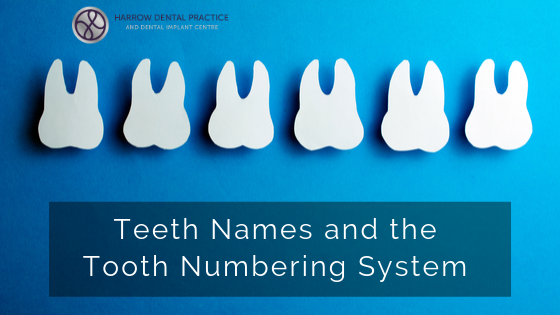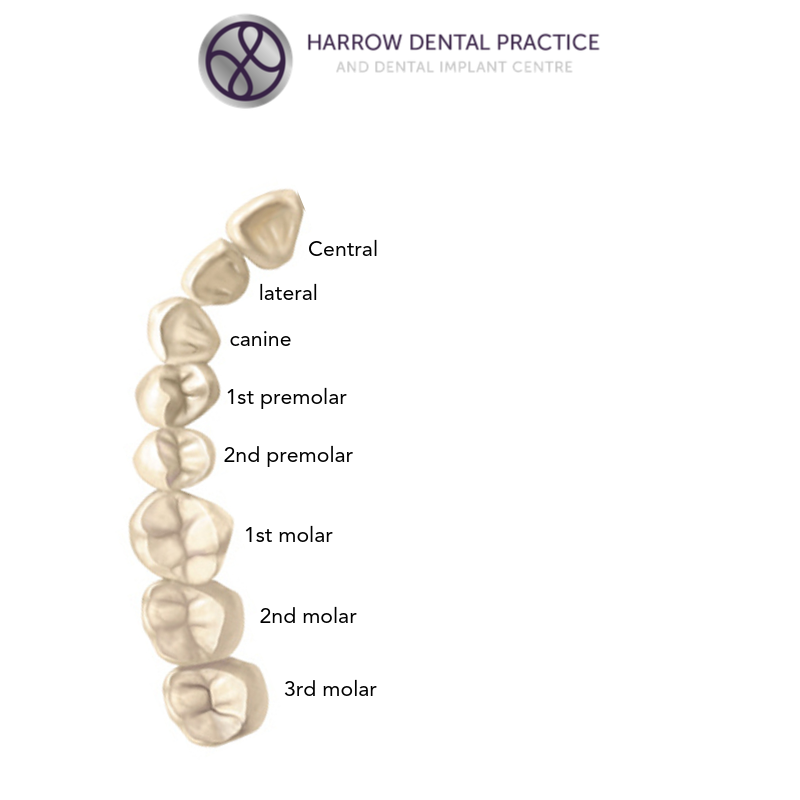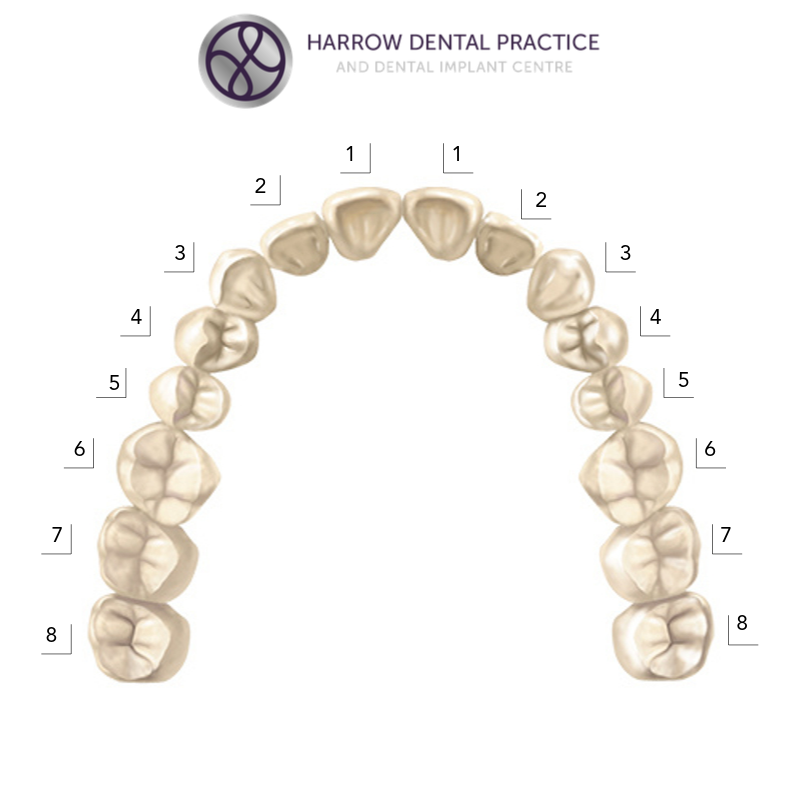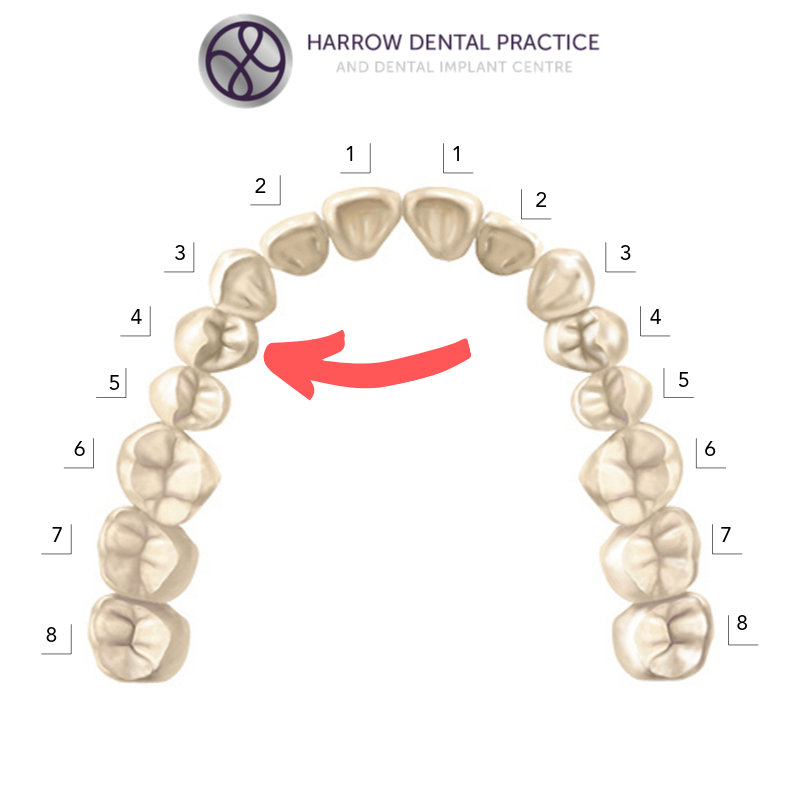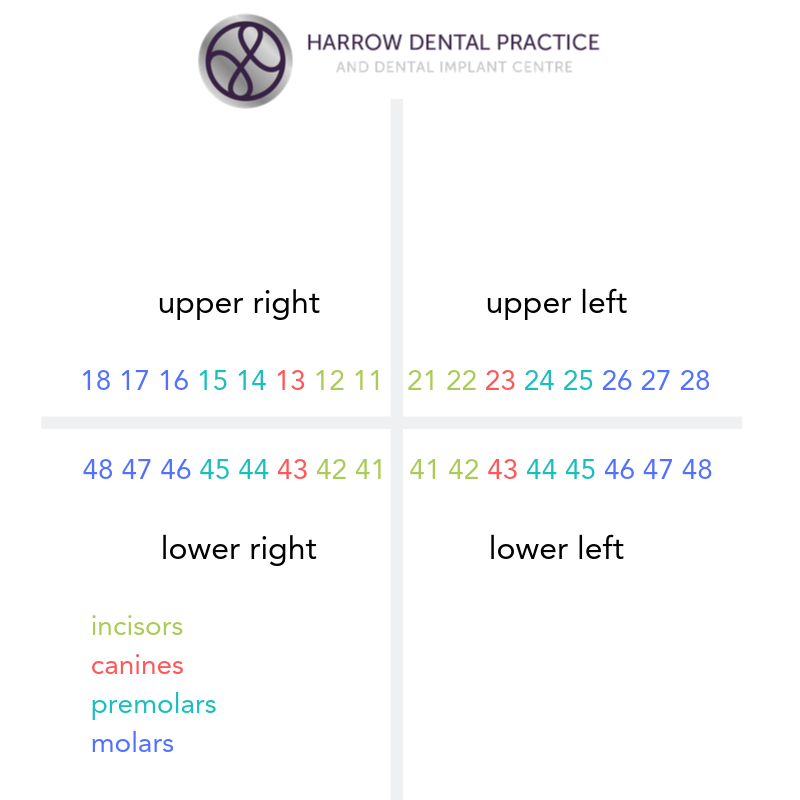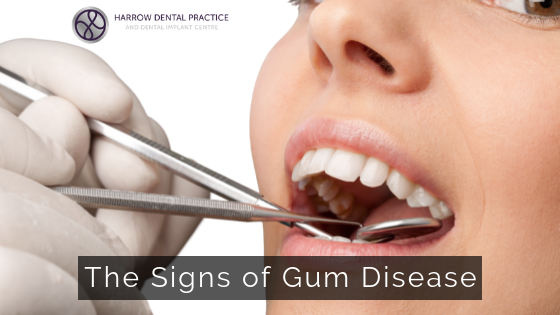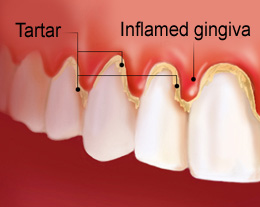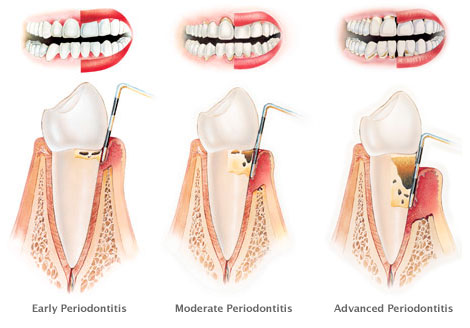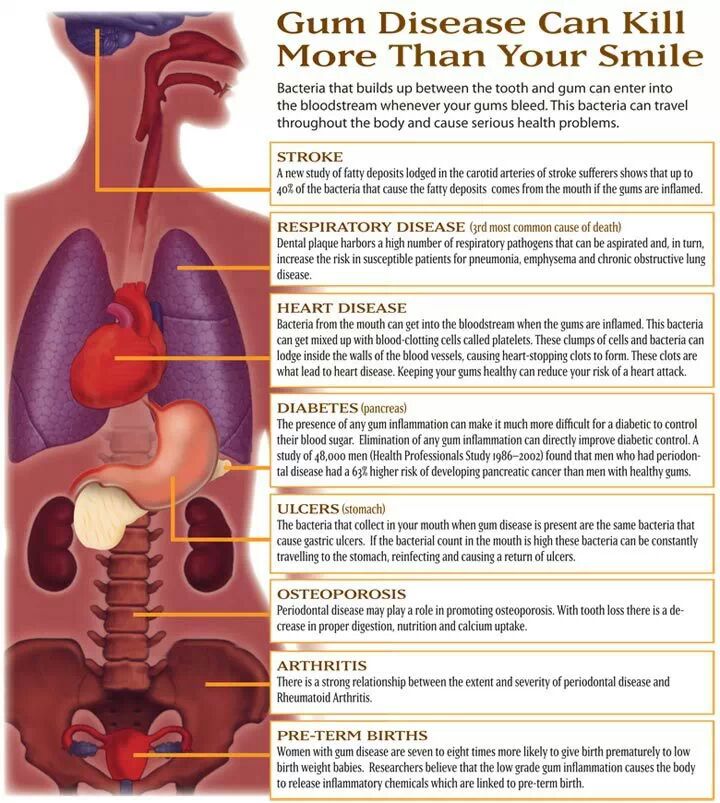Trauma translates, and if you are a person who experiences anxiety or struggles with phobias, it’s possible that you’ve had a traumatic experience at the dentist or otherwise.
We talk about our child-brain in the mental health field as it directly relates to the way we react to external stimuli as adults.
As kids, the dentist was a terrifying place to go. And for so many of us, even decades later, it is an anxiety-inducing experience.
This fear can deter folks from the necessary dental work. Overcoming dentist drill phobia is the only route that can produce long term, healthy results.
How Does Dentistry Work?
Dentistry is the practice of diagnosing and treating issues related to teeth, gums, and other mouthparts.
Dentists are also educators who teach their patients how to make choices that positively affect their oral health. Dentistry is everything from removing decay from teeth and filling cavities to prescribing medications.
Dentists have a range of tools and equipment they use to care for our teeth. They can range from X-ray machines to mouth mirrors, to probes and forceps.
Modern technology is a gift that keeps on giving. If you find yourself in a position where drilling is not an option for you, you have options.
Depending on the treatment needed, drill-less technology is a less invasive option. Waterlase laser dentistry gets the job done by using a mix of light lasers and water sprays to address a boundless array of treatments.
The relief that Waterlase has provided to patients of all needs has been incredible. Now, more than ever, folks who were tough to get in the door over the years are showing up.
Cutting down treatment times, gentle application, and reduced post-op issues are just some of the benefits of drill-less technology. That alone is worth everyone’s time.
The Waterlase approach can also treat crown lengthening, gingivectomy/gingivoplasty, osteoplasty/osteomy, removal of hard tissue, and laser removal of damaged soft tissue.
The versatility of this tool can make dental treatment much more approachable to folks with dental phobias. Recognizing the industry cares enough to put in place something reachable speaks volumes.
Why Do Dentists Drill Before Filling?
Part of the stress of dentist anxiety comes from the sounds we hear in the chair. The sound of the drill is often the most anxiety-inducing part for people. Sound can affect our neurology, and it can transport us in time.
Dentists have to drill before they fill a cavity to loosen. This removes decaying enamel. This can ease an exposed nerve or bacteria settling into the deeper area of your root. Leaving this bacteria can lead to extreme health complications down the road.
Many people report that the sound of teeth drilling is disarming. The word, “drill”, is just as dysregulating. If someone has experienced dental trauma, they will likely have unpredictable symptoms while undergoing treatment. These symptoms can look different for everyone.
Phobias can take a severe toll on people’s lives. When we understand the weight of phobia, we can be better equipped to treat it from a place of compassion and understanding. Dentists and their support team are familiar with dental phobia.
Your dentist having transparent conversations with you before your visit is crucial. Identifying needs and stressors can make your visit more manageable. Even if some folks have mild anxiety, this could be the difference between not going back to the dentist or having those healthy, routine check-ups.
Some practices will go above and beyond to comfort their patients. They’ll get their patients familiarized with what tools will be used and what they’ll do. Showing them the process, offering a mirror so they can see, and especially answering questions they may have along the way will ease anxiety.
How To Overcome The Sound And Fear Of The Dentist Drill
If you’ve ever had a poor experience at the dentist, it may have been due to improper numbing. Once you are numbed, you should feel zero pain. However, dentists, just like doctors and other professionals, aren’t infallible. A human error is just that; human.
While the effort of your dentist to provide a sense of safety and confidence in you is deeply appreciated, it may not be enough to help you through a panic or anxiety attack.
A series of these experiences can no doubt set us up for failure. Processing the fear and stress associated with that experience can be a difficult task, and asking for help may feel as tall as Mount Everest.
One of the best ways to overcome the sound of the dentist drill is to wear headphones to your visit. Maybe even make a relaxing playlist for the occasion, be intentional with the genre. This way, you can drown the music out during the drill usage.
The Community Resiliency Model (CRM) is another great coping mechanism developed by the trauma institute. It is a compilation of regulation tools and coping skills; It will fill your toolbox with what it needs to weather a biological storm.
When we are experiencing stress and anxiety, our brain sends signals to different parts of our body. It begins with our cortisol level rising. You may notice when you are anxious, that you experience heart palpitations, clammy hands, or excessive sweating.
Whether through tracking, grounding, or identifying your resources- the CRM model and an awesome playlist can help you overcome the sound of the dentist drill.
Dentist Drilling During COVID-19
Living in the middle of a pandemic and needing in-person medical care can add to the stress of your dental appointment.
During Covid-19, you want to make sure the practice you’re connecting with has taken your safety seriously. A practice goes above and beyond the call of duty with full transparency about what to expect during your visit.
If you are needing dental work done amidst the pandemic, you may want to consider getting tested before your visit.
There are expectations in a place like waiting in your car, wearing a mask, and using your elbows instead of your hands. You can cut possible transmission questions about where you may have gotten sick.
Air purifying systems and heavy vacuum suction to remove aerosols and droplets is a must. You can feel safe knowing you’re connected to a practice that has everyone’s best interest at heart.
Word of Mouth
Every now and again you’ll see a one-star review amidst a sea of positive feedback. Generally, we can attribute this to a singularity. Something this person experienced had to do with miscommunication or something therein.
One of the ways we determine which products and services to use in this information age is through word of mouth. Reviews have become the highlight of how to make tough decisions. And when your dime, or life, is on the line- it is imperative that you consider what people are saying about this service.
The most honest way to process reviews is to take everything with a grain of salt and hang somewhere in the middle. If you notice plenty of folks giving 5-star reviews to a particular agency or service, with only one or two negative reviews, you’re probably in good shape to connect with them.
If you find the reviews are about 50/50, you may want to tread cautiously. You can’t put yourself in the hands of negligent providers when your health and wellness is on the line.
The Different Colors of Support
Traumatic stress responses happen at different stages of your life cycle. When it happens may determine if you carry an experience with you, and how greatly it affects your biology.
Even if you didn’t have a traumatic experience with a dentist visit growing up, that doesn’t mean your trauma responses aren’t showing up. Our brains can register fear and anxiety in the same way. So, if you had a traumatic car accident, it’s possible the same symptoms may show up when you have a close call on the road years later.
If you did have a traumatic experience around dental work, you can consider all sorts of different options to work toward neutrality. Putting in the work now can set you up for long-term success in self-regulation.
The ability to utilize those tools can prevent stressful situations from escalating. Moreover, your quality of life can improve as you navigate managing cortisol spikes.
Talk therapy is an incredible option for many people that provides the opportunity to unpack past experiences. Cognitive-behavioral therapy is a great option. It focuses on re-framing intrusive thoughts, behaviors, and biological responses to psychological distress.
Another route could be to work with a trained professional on EMDR (eye movement desensitization and reprocessing). This approach is widely successful, too, and helps people create new, healthy neural pathways in their brains.
You Can Do This
Having an awareness of the different ways to approach the future of your relationship with your dental practice is key.
Awareness leads to action. The action you collaborate on with your dental team will help all parties involved. You may feel stressed about communicating this with your provider. That may be a sign to disengage and form a new relationship with a practice that can meet your needs with ease and care.
It is tough to advocate for your needs. In doing so, you forge a path to great habits that will serve you and everyone you interact with for the rest of your life. Dentist drill or not, you can do this.
If you feel unheard, misunderstood, or worried about the working relationship you have with your practice, get in touch with us.



